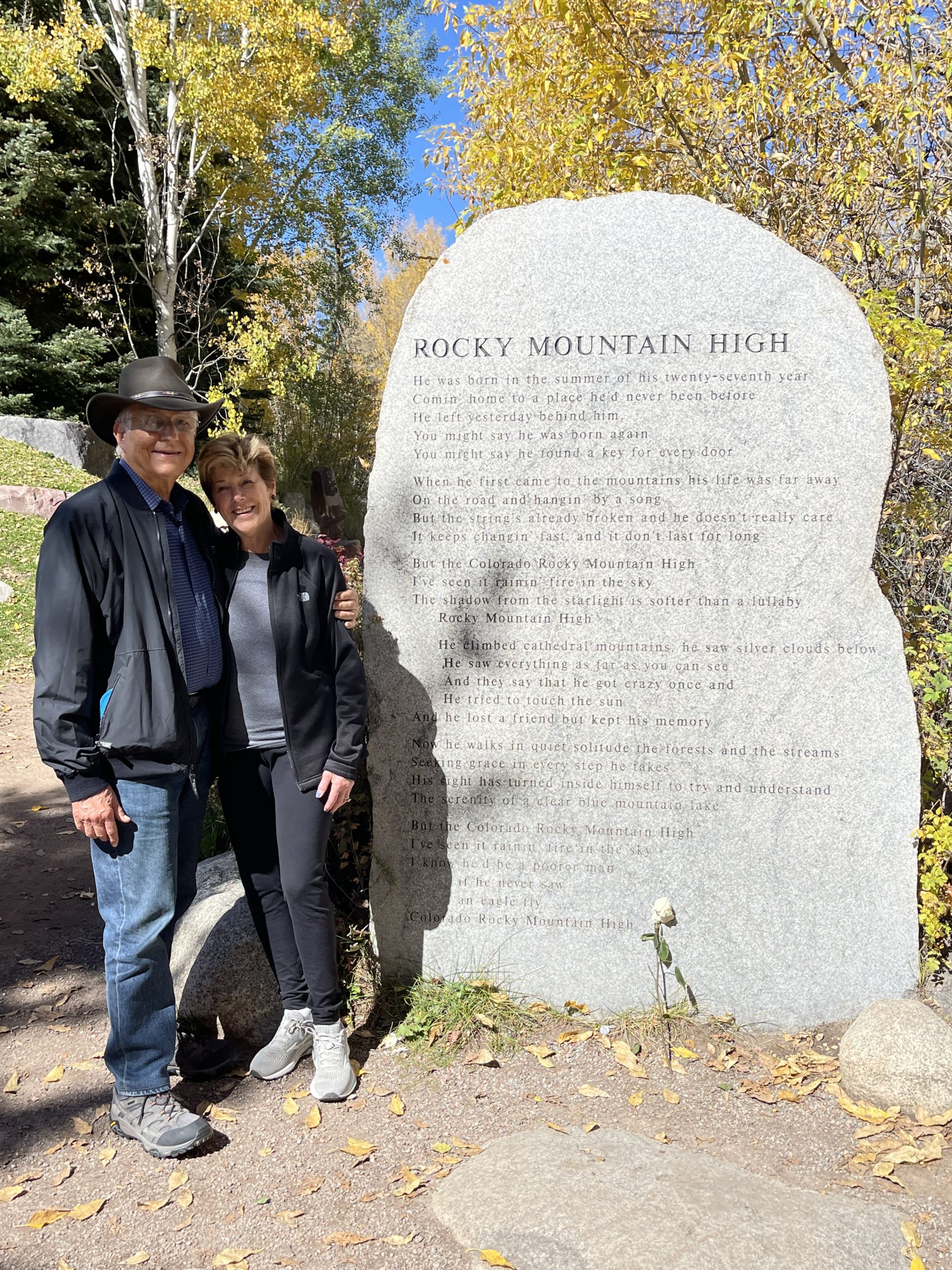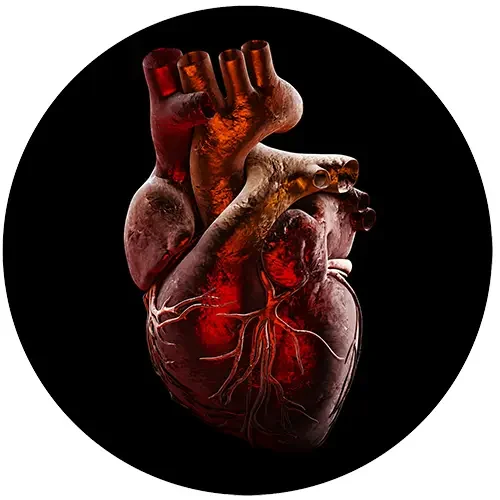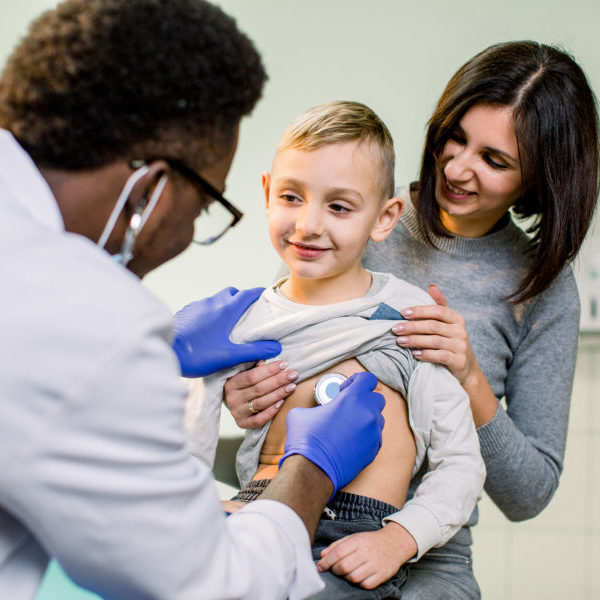Dennis Passis
77 years old when diagnosed and now more active at 80 with COE care and Camzyos
Dennis has always lived a very active lifestyle, riding bikes 20 miles daily and even more on the weekends. In 2001, Dennis was diagnosed with an ascending aortic aneurysm during a routine examination for a life insurance policy. Despite this diagnosis, he stayed very active and followed up with his local cardiologist every couple of years to keep track of his condition.
In 2019, Dennis' regular echo revealed that he had left ventricle obstructed Hypertrophic Cardiomyopathy (HCM). He was referred to another cardiologist who he was told “knew something about HCM".
In the summer of 2020, while Dennis was walking with his wife, he recalls having to stop every block to catch his breath. He felt he wasn't connecting with his current cardiologist and wasn't feeling he was getting the best care for his HCM, so he began looking for another provider.
After some research, Dennis found the Hypertrophic Cardiomyopathy Association (HCMA). He reviewed the resources on the HCMA website and started watching recordings of the "Bighearted Warriors Unite" tours online. Each event features different HCMA recognized Centers of Excellence presenting topics to help educate the HCM patient community, providers, and industry. Dennis was impressed with the HCMA recognized Centers of Excellence (COE) model and was particularly impressed with one COE's presentation. "On the screen, watching this presentation, one COE doctor really resonated with me, so I knew I was going to make an appointment with him.".
In early 2021, Dennis drove six hours to his first appointment with this COE doctor and his team. At this appointment, his cardiologist mentioned a promising new drug therapy that was going for FDA approval and that he felt Dennis would be a good candidate once it was released. This drug, Camzyos, was approved in the Spring of 2022, and Dennis was eager to start. With his COE team's support, Dennis began taking Camzyos on August 12, 2022. His initial dose was 5mg.
Please share this story to bring awareness to Heart Month!
To learn more about hypertrophic cardiomyopathy (HCM), go to https://www.4hcm.org.
#4HCMAwareness #HCMStrong #HCMDay #4HCMWarriors #4HCM

He and his COE followed the REMS program protocol to have an echo performed every 30 days. Dennis preferred to take the six-hour drive to do this at his COE. "I just felt that the imaging would be better because they do this for HCM patients at a higher volume than most places."
By his third echo in October of 2022, Dennis had a collaborative conversation with his cardiologist about increasing his dose to 10mg because his gradients (measurement of outflow tract obstruction) were going in the right direction.
At 10 mg, Dennis began to feel a significant improvement in his shortness of breath. Initially, he thought this symptom started in 2020 but now realizes it had been an issue for much longer. It wasn't apparent until his ability to breathe had considerably improved that he realized that his shortness of breath had been slowly progressing over the years.
In January of 2023, approximately 3 months later on the 10 mg dose of Camzyos, Dennis' echo showed his gradient went from a peak of 77 mmhg (October 2022) to under 10 mmhg.
His next echo appointment was in late January of 2023. After reviewing the results of Dennis' echo, he was told by his cardiologist that his obstruction was no longer there. "Yes. Wow. All of us, our jaws just dropped."
Dennis now finds hiking, riding bikes, and staying active much more manageable since he has been taking Camzyos. "My shortness of breath is gone; it's just not there anymore."
"I am immensely grateful for Lisa Salberg and the HCMA team. Not only in terms of sharing updates about the development of Camzyos but also for helping to educate, spread awareness and support the HCM patient community."
When asked about his COE care team, Dennis says, "I feel like I am with the team I should be with for treatment with Camzyos and follow-up." His COE cardiologist also heads up their hospital's Aortic Center so that he can be monitored for his HCM and his ascending aorta by the same center.









